1-(3-Hydroxyphenyl)urea
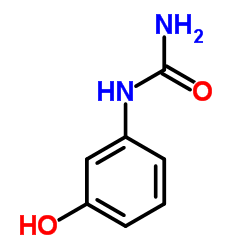
1-(3-Hydroxyphenyl)urea structure
|
Common Name | 1-(3-Hydroxyphenyl)urea | ||
|---|---|---|---|---|
| CAS Number | 621-42-1 | Molecular Weight | 152.151 | |
| Density | 1.4±0.1 g/cm3 | Boiling Point | 313.1±25.0 °C at 760 mmHg | |
| Molecular Formula | C8H9NO2 | Melting Point | 145-148 °C(lit.) | |
| MSDS | Chinese USA | Flash Point | 143.2±23.2 °C | |
| Symbol |

GHS07 |
Signal Word | Warning | |
Use of 1-(3-Hydroxyphenyl)ureaMetacetamol is an isomer of paracetamol and it similarly exhibits polymorphism. |
| Name | metacetamol |
|---|---|
| Synonym | More Synonyms |
| Density | 1.4±0.1 g/cm3 |
|---|---|
| Boiling Point | 313.1±25.0 °C at 760 mmHg |
| Melting Point | 145-148 °C(lit.) |
| Molecular Formula | C8H9NO2 |
| Molecular Weight | 152.151 |
| Flash Point | 143.2±23.2 °C |
| Exact Mass | 152.058578 |
| PSA | 49.33000 |
| LogP | 0.36 |
| Vapour Pressure | 0.0±0.7 mmHg at 25°C |
| Index of Refraction | 1.690 |
| Storage condition | 2-8°C |
CHEMICAL IDENTIFICATION
HEALTH HAZARD DATAACUTE TOXICITY DATA
|
| Symbol |

GHS07 |
|---|---|
| Signal Word | Warning |
| Hazard Statements | H315-H319-H335 |
| Precautionary Statements | P261-P305 + P351 + P338 |
| Personal Protective Equipment | dust mask type N95 (US);Eyeshields;Gloves |
| Hazard Codes | Xn;Xi |
| Risk Phrases | R36/37/38 |
| Safety Phrases | S26-S36 |
| RIDADR | 2811 |
| WGK Germany | 2 |
| RTECS | AE4100000 |
| Packaging Group | III |
| Hazard Class | 6.1(b) |
| HS Code | 29242995 |
| Precursor 10 | |
|---|---|
| DownStream 10 | |
| HS Code | 2924299090 |
|---|---|
| Summary | 2924299090. other cyclic amides (including cyclic carbamates) and their derivatives; salts thereof. VAT:17.0%. Tax rebate rate:13.0%. . MFN tariff:6.5%. General tariff:30.0% |
|
Developing structure-activity relationships for the prediction of hepatotoxicity.
Chem. Res. Toxicol. 23 , 1215-22, (2010) Drug-induced liver injury is a major issue of concern and has led to the withdrawal of a significant number of marketed drugs. An understanding of structure-activity relationships (SARs) of chemicals ... |
|
|
A predictive ligand-based Bayesian model for human drug-induced liver injury.
Drug Metab. Dispos. 38 , 2302-8, (2010) Drug-induced liver injury (DILI) is one of the most important reasons for drug development failure at both preapproval and postapproval stages. There has been increased interest in developing predicti... |
|
|
Cellular apoptosis and cytotoxicity of phenolic compounds: a quantitative structure-activity relationship study.
J. Med. Chem. 48 , 7234-42, (2005) In this comprehensive study on the caspase-mediated apoptosis-inducing effect of 51 substituted phenols in a murine leukemia cell line (L1210), we determined the concentrations needed to induce caspas... |
| Urea, N-(3-hydroxyphenyl)- |
| 3-ACETAMIDOPHENOL |
| 1-(3-Hydroxyphenyl)urea |
| m-Acetamidophenol |
| 3-hydroxyacetoanilide |
| N-Acetyl-m-aminophenol |
| m-hydroxyacetanilide |
| MFCD00002263 |
| 3'-Hydroxyacetanilide |
| m-acetylaminophenol |
| 3-acetylaminophenol |
| Metacetamol |
| 3-acetamino-phenol |
| EINECS 210-687-0 |
| Bosutinib Impurity 10 |
 CAS#:108-24-7
CAS#:108-24-7 CAS#:591-27-5
CAS#:591-27-5 CAS#:6317-89-1
CAS#:6317-89-1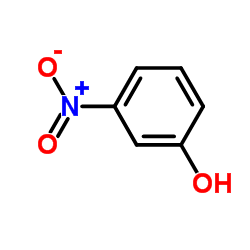 CAS#:554-84-7
CAS#:554-84-7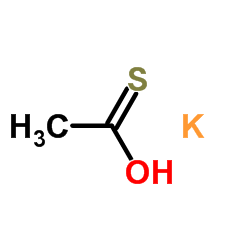 CAS#:10387-40-3
CAS#:10387-40-3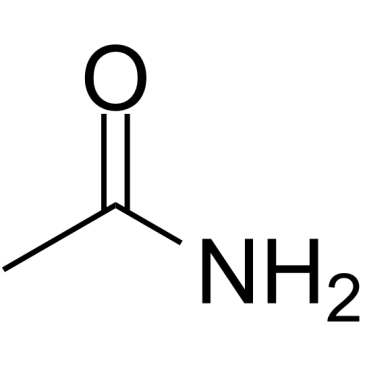 CAS#:60-35-5
CAS#:60-35-5 CAS#:631-61-8
CAS#:631-61-8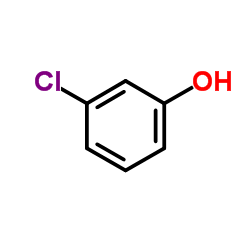 CAS#:108-43-0
CAS#:108-43-0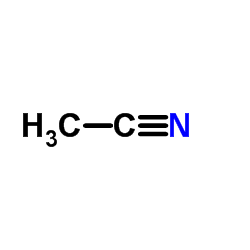 CAS#:75-05-8
CAS#:75-05-8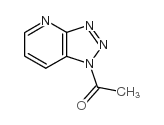 CAS#:107866-54-6
CAS#:107866-54-6 CAS#:4294-95-5
CAS#:4294-95-5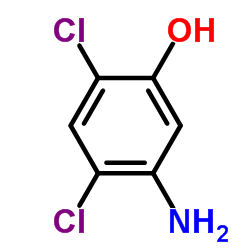 CAS#:39489-79-7
CAS#:39489-79-7 CAS#:23079-68-7
CAS#:23079-68-7![N-[3-[2-(2-nitrophenoxy)ethoxy]phenyl]acetamide structure](https://image.chemsrc.com/caspic/084/19223-12-2.png) CAS#:19223-12-2
CAS#:19223-12-2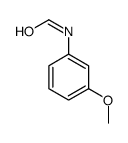 CAS#:27153-17-9
CAS#:27153-17-9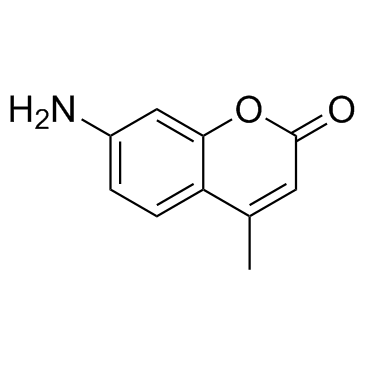 CAS#:26093-31-2
CAS#:26093-31-2 CAS#:98446-49-2
CAS#:98446-49-2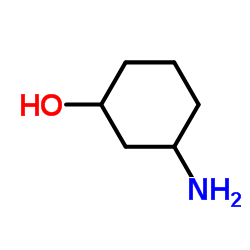 CAS#:6850-39-1
CAS#:6850-39-1 CAS#:67669-19-6
CAS#:67669-19-6
